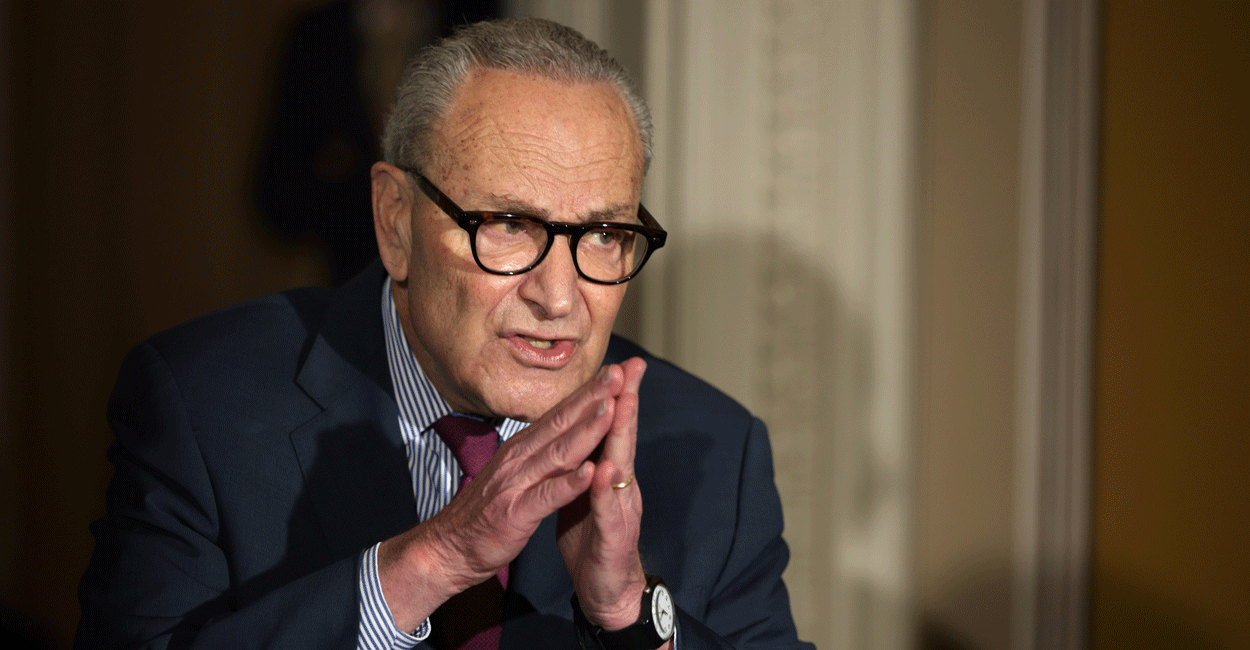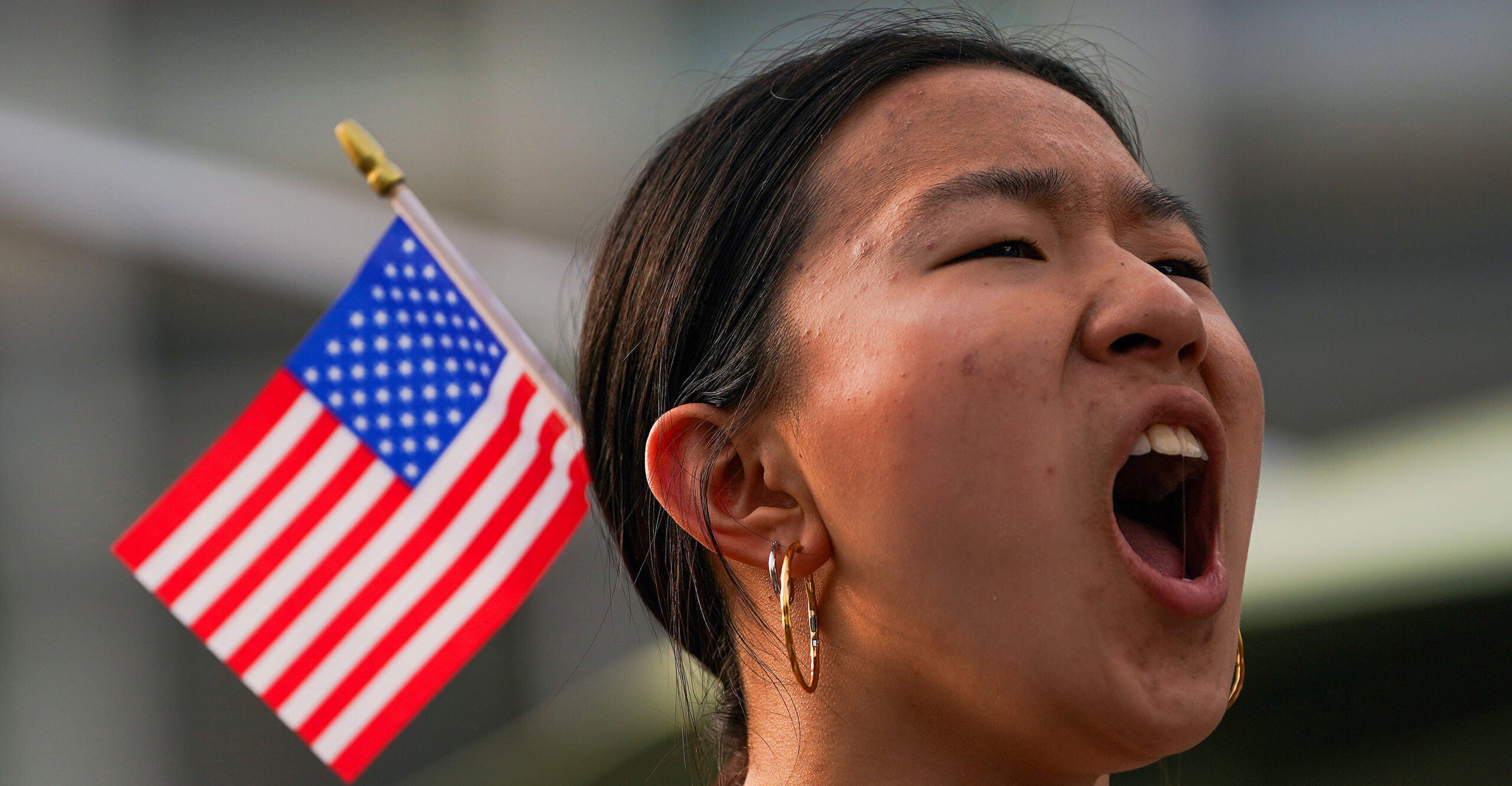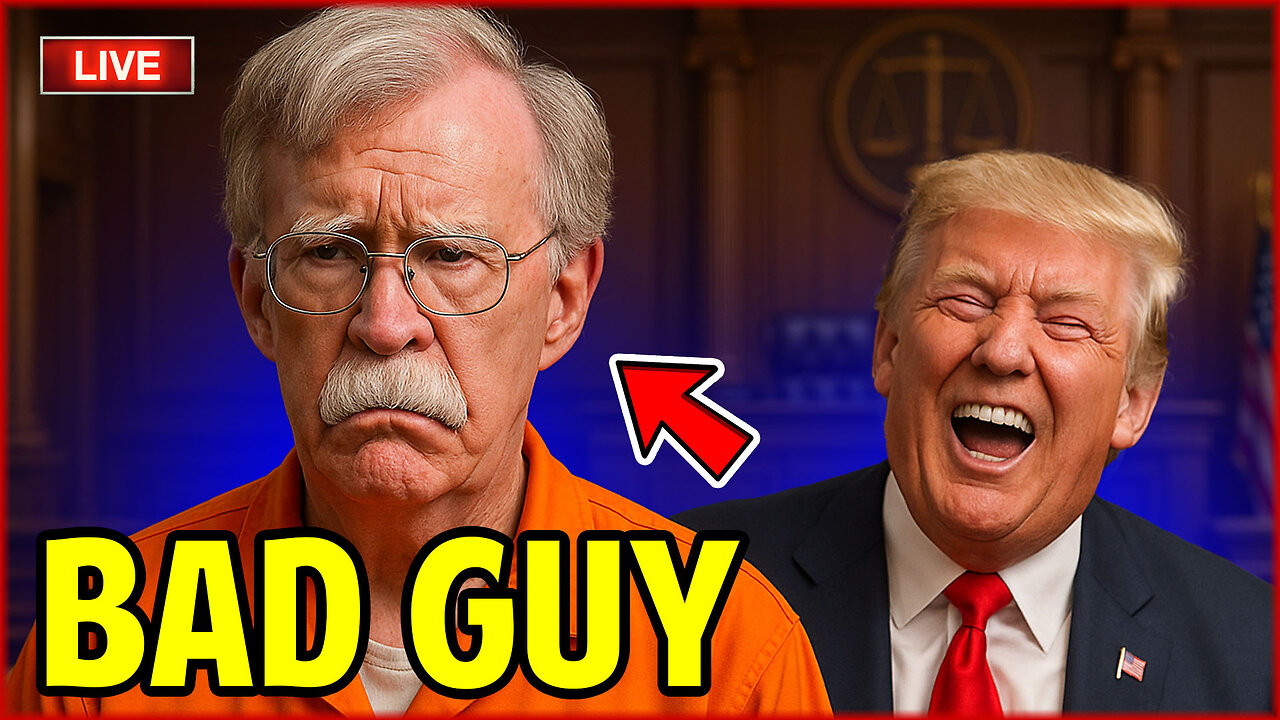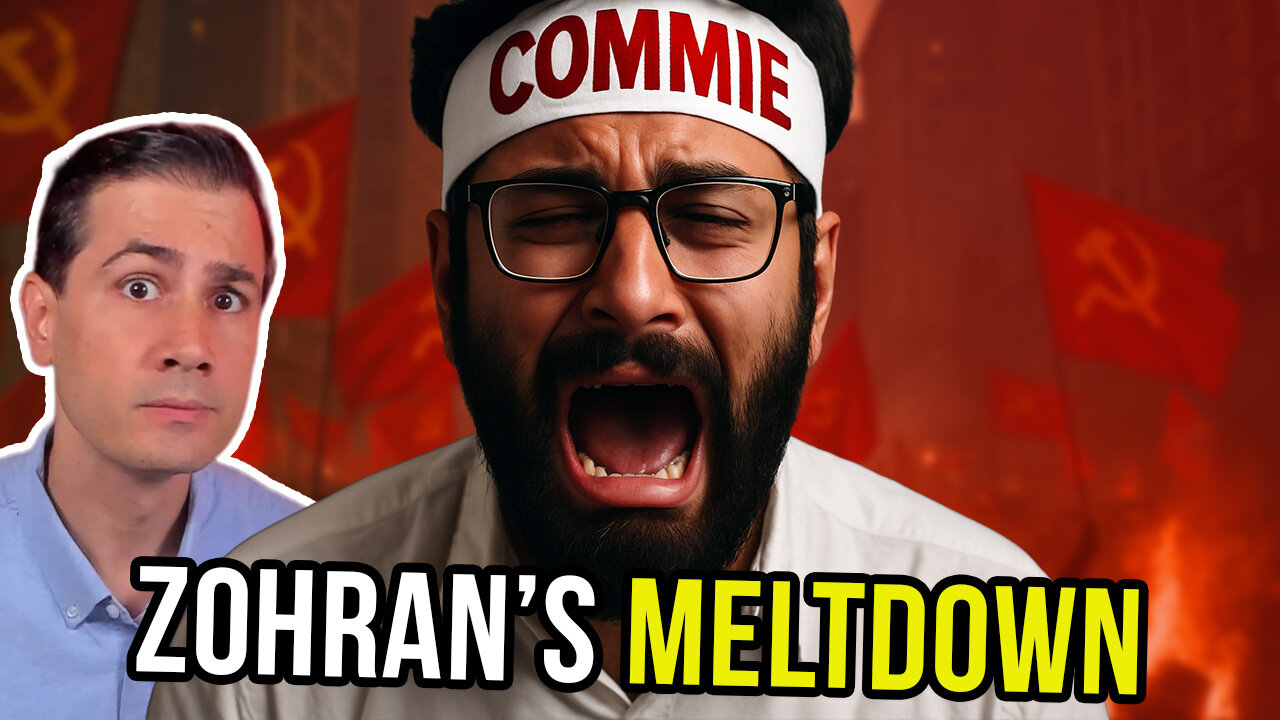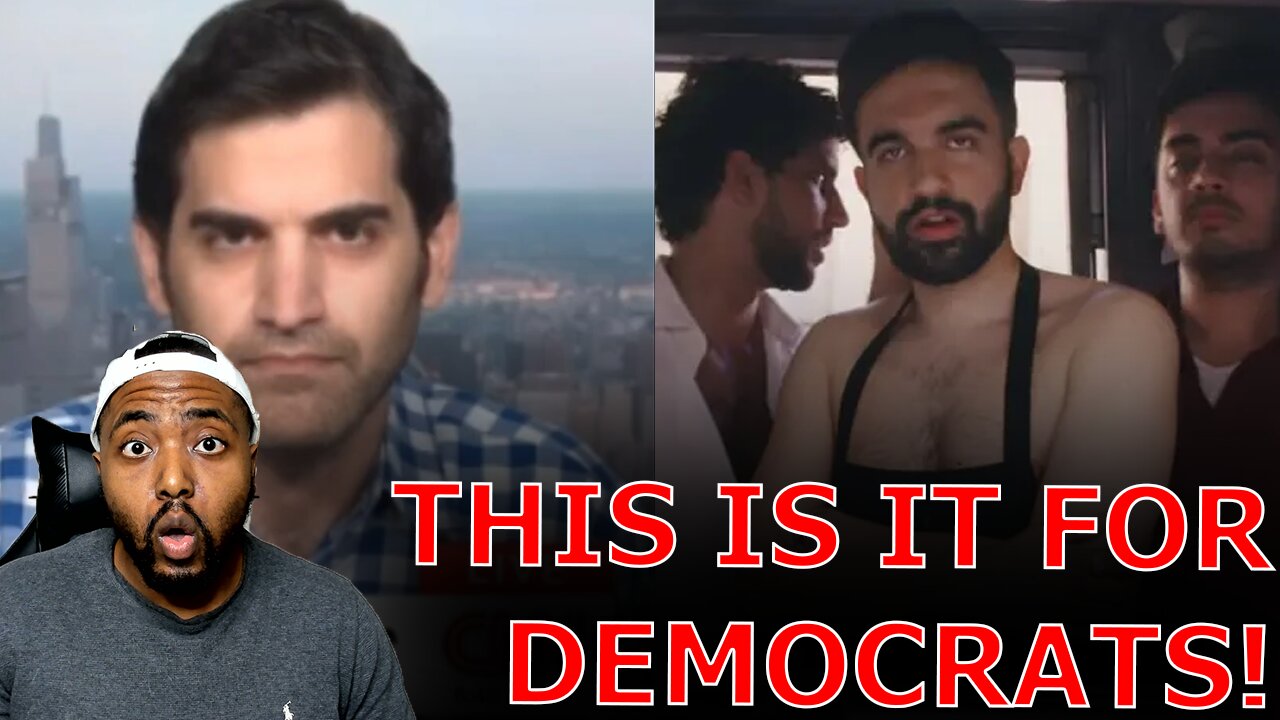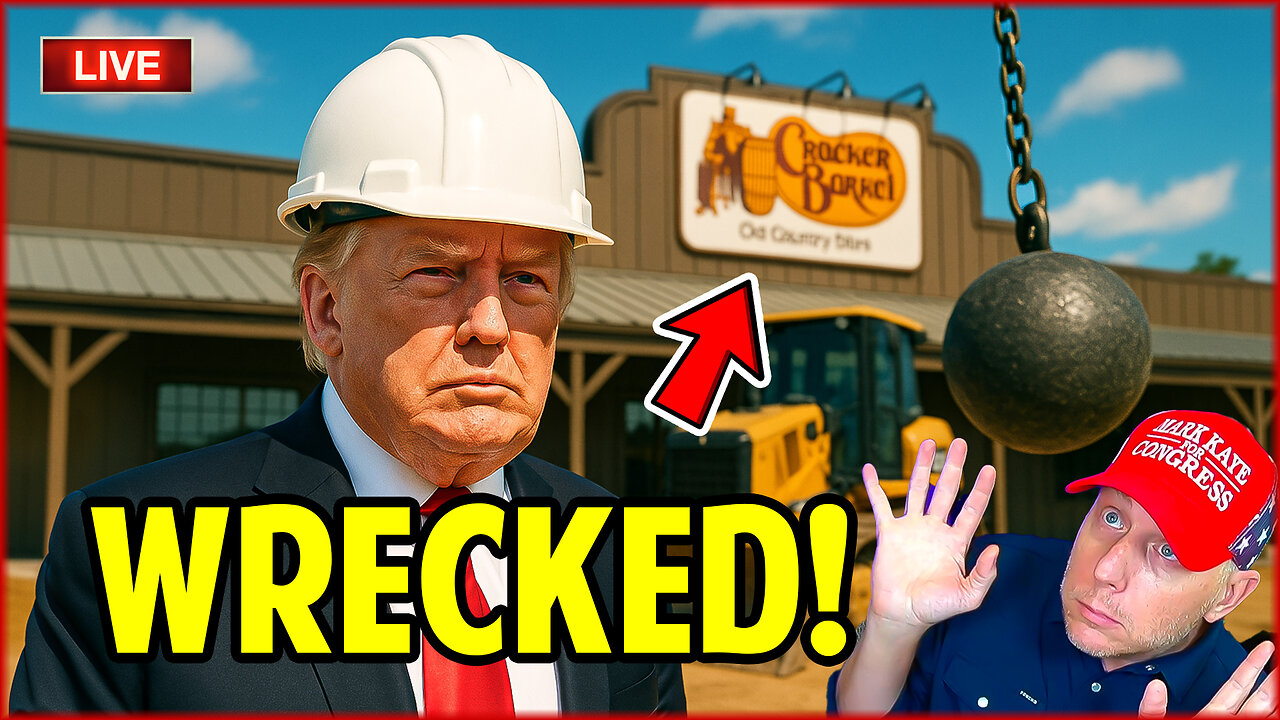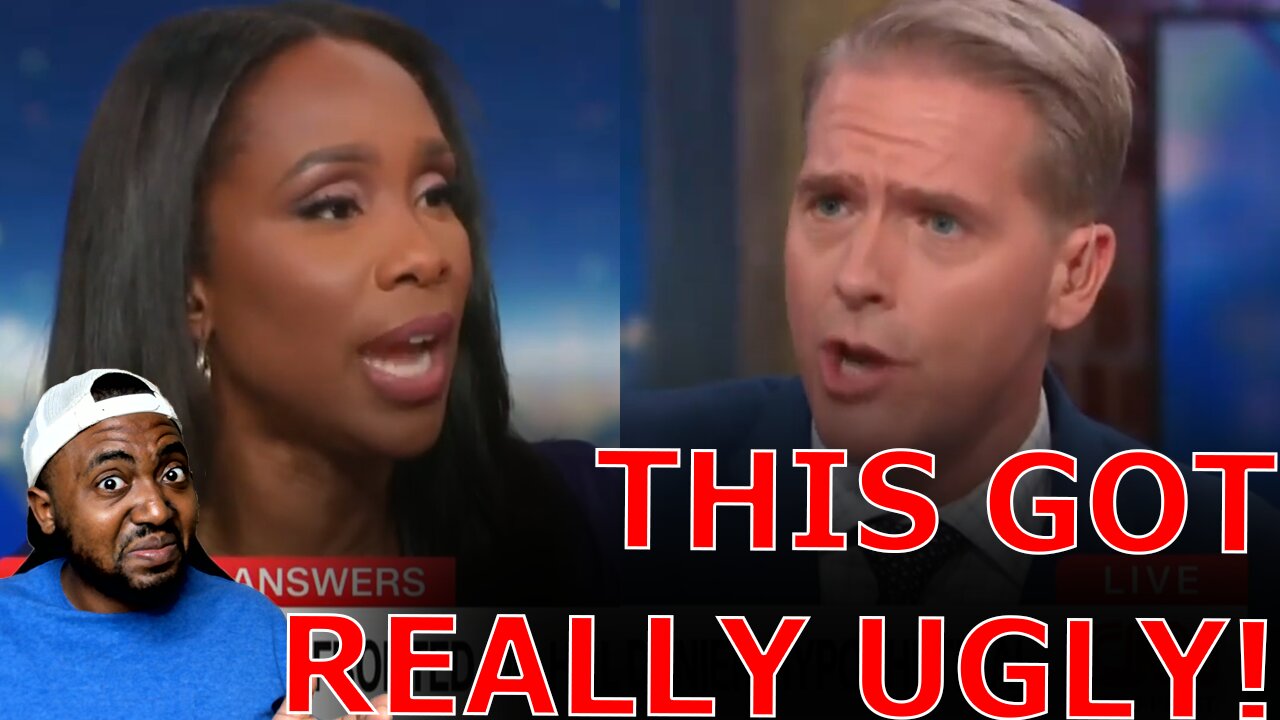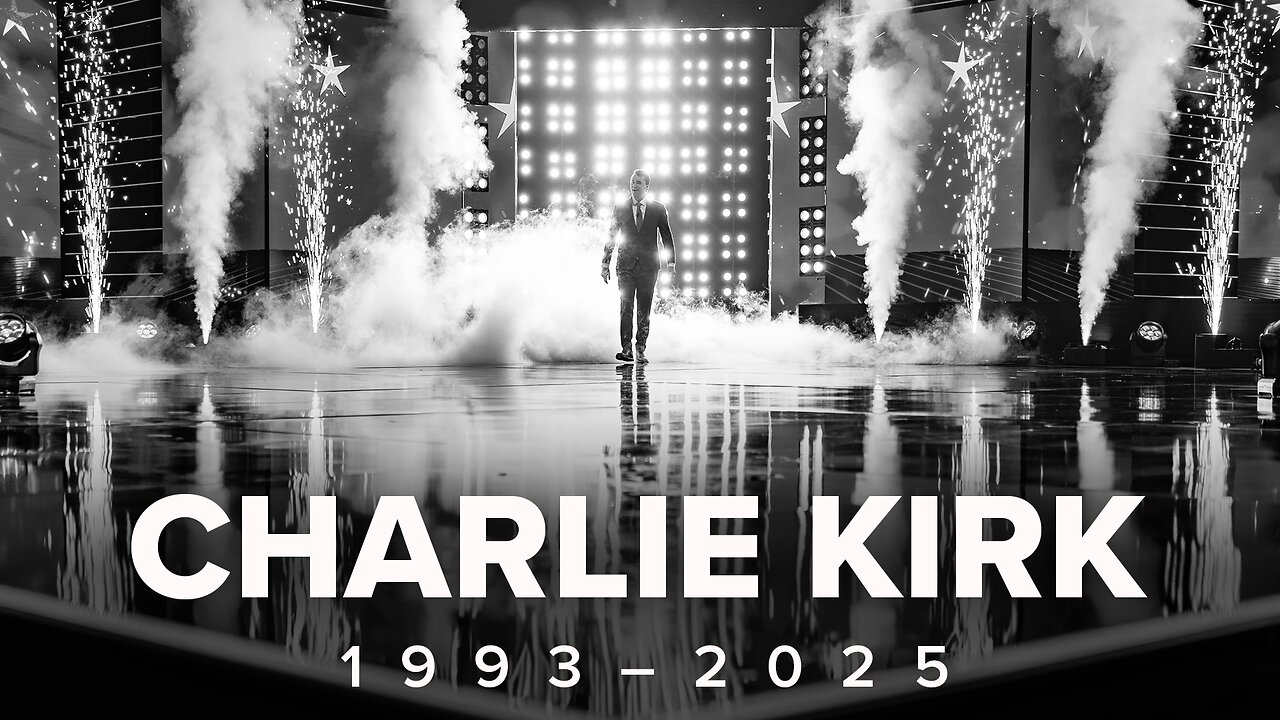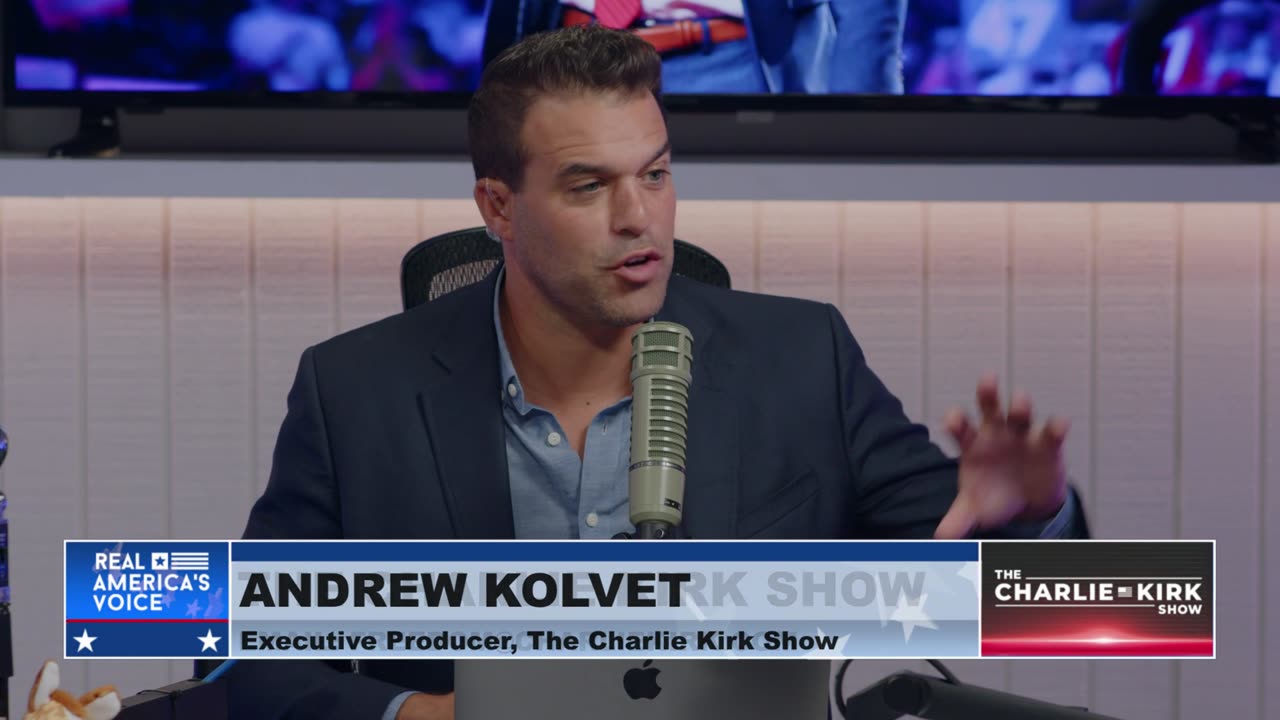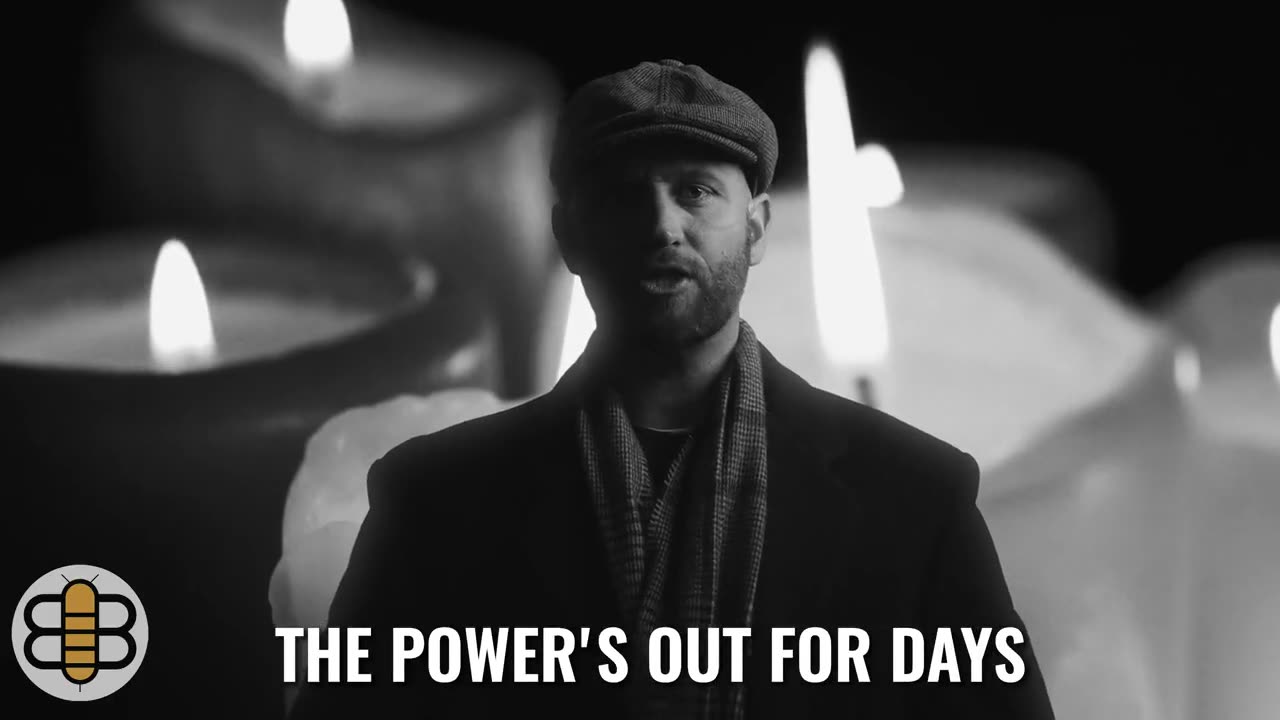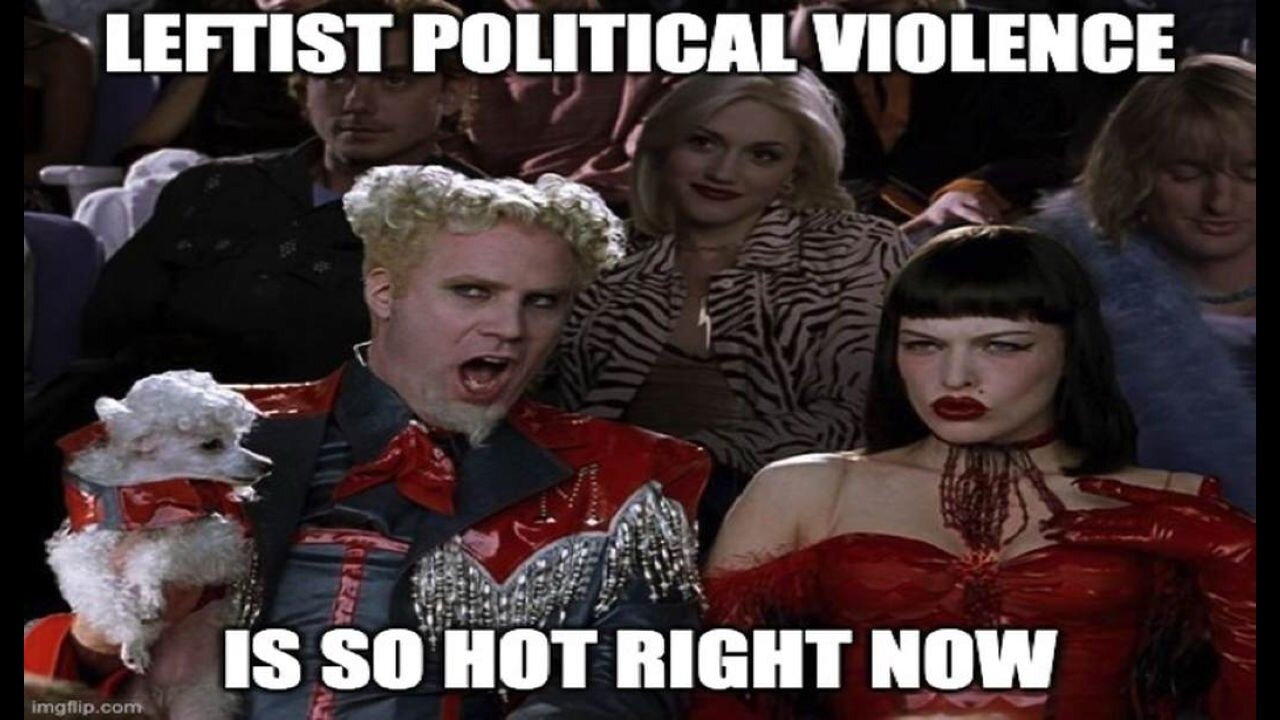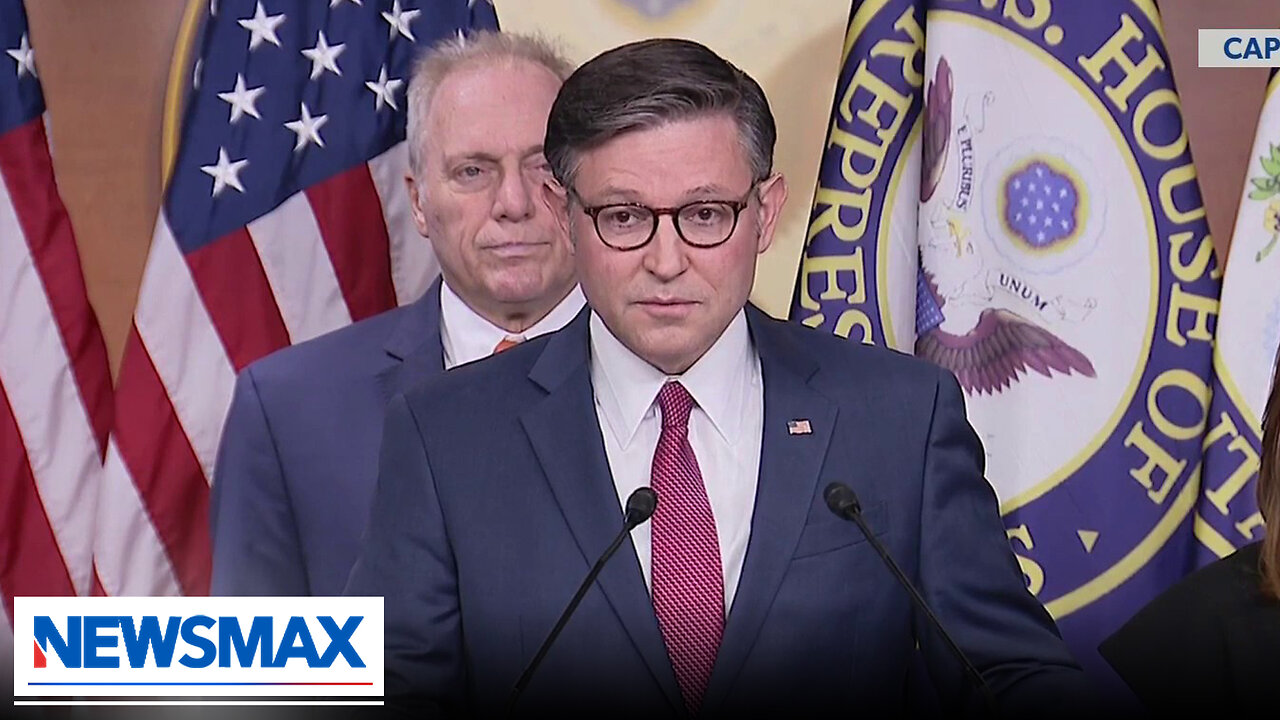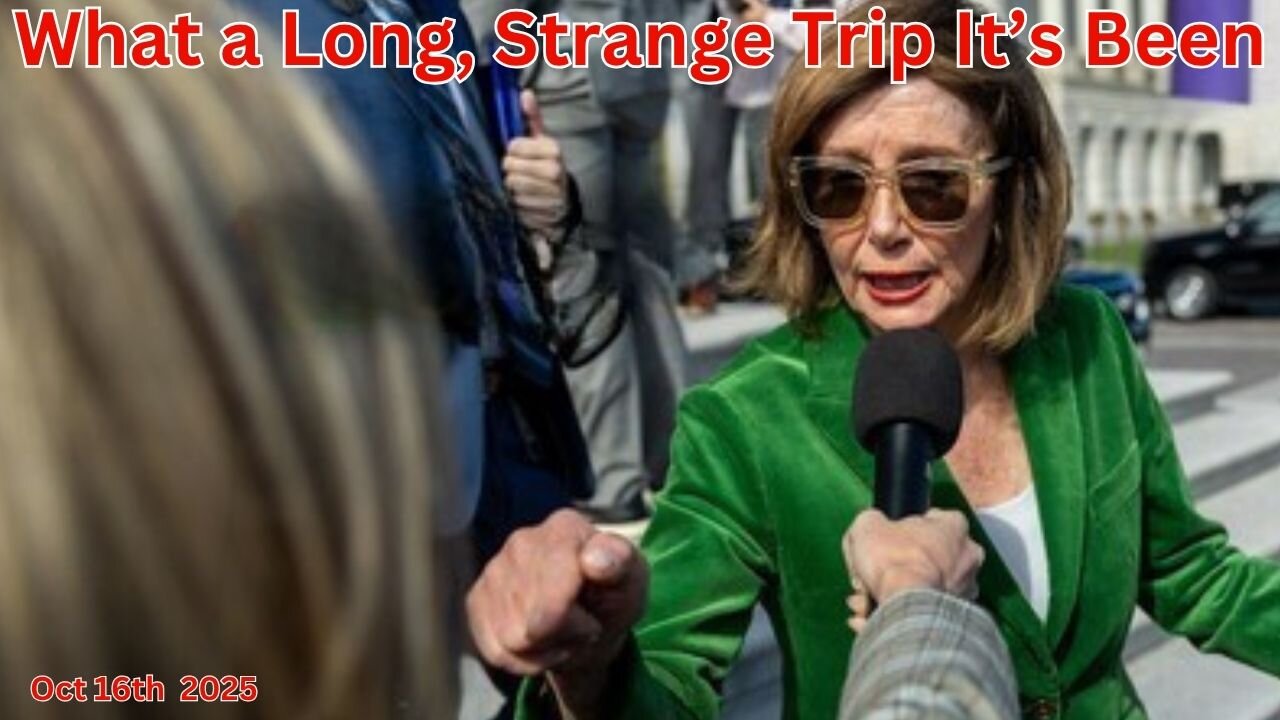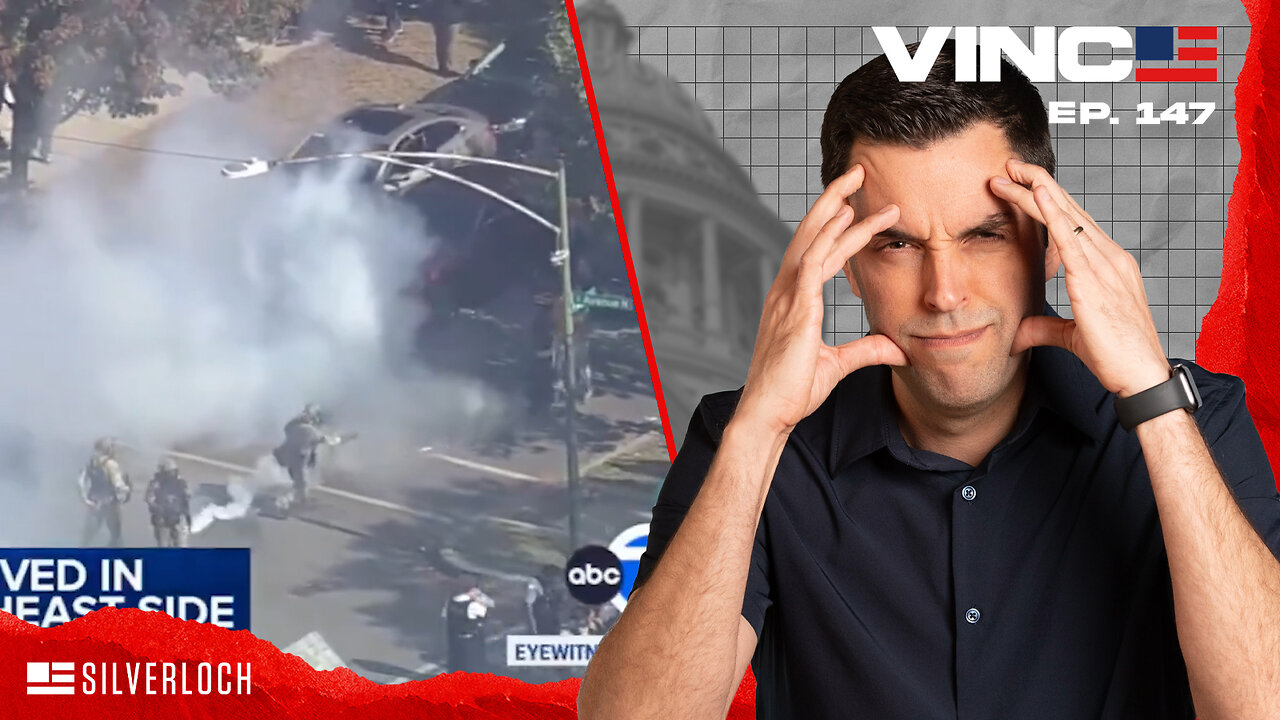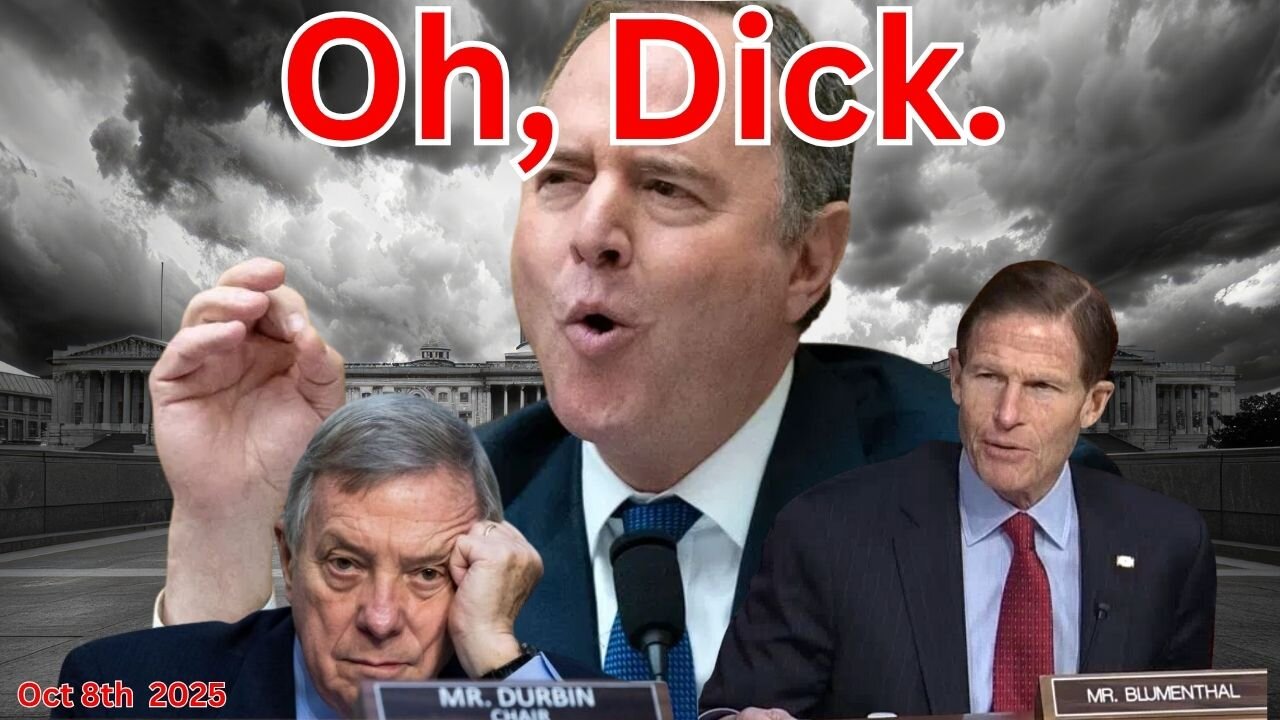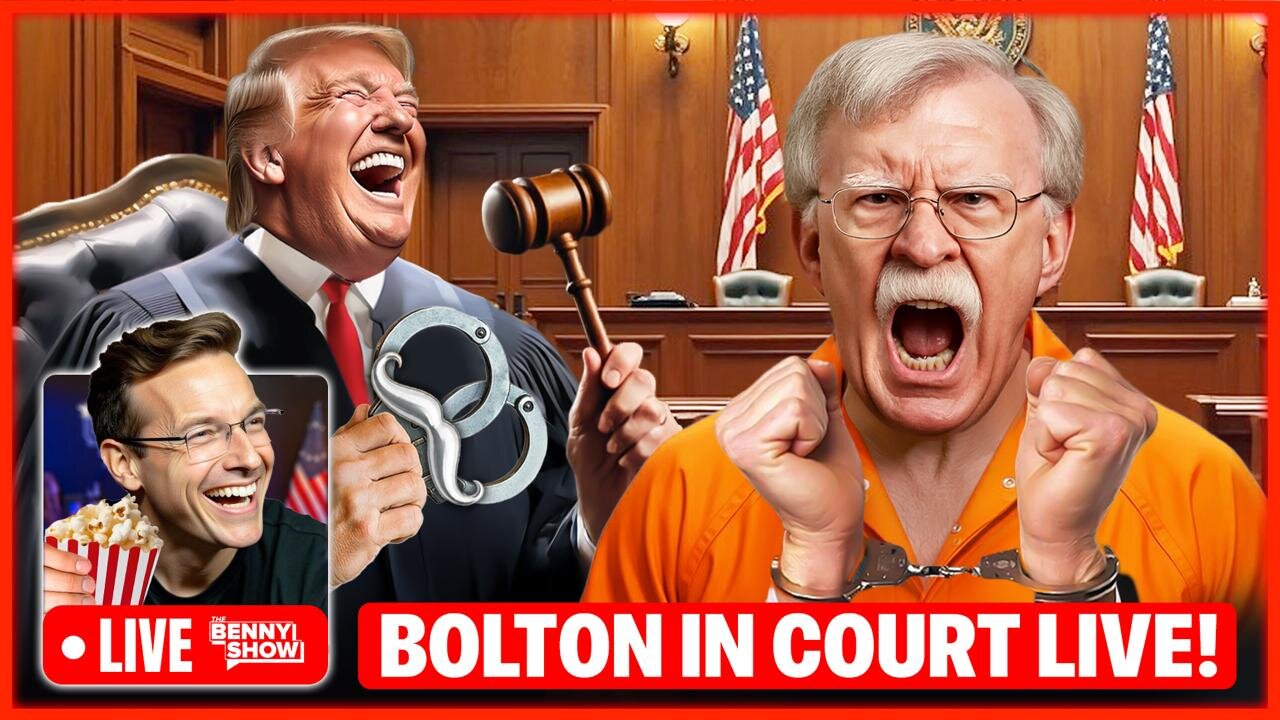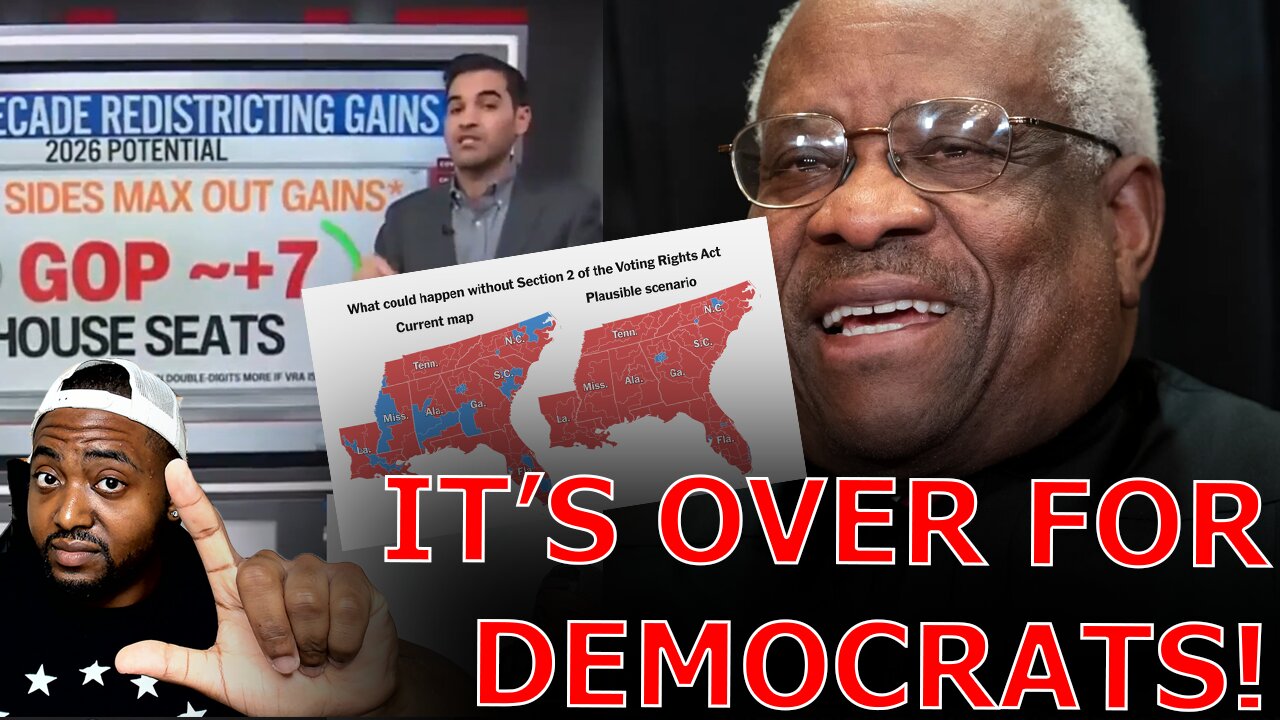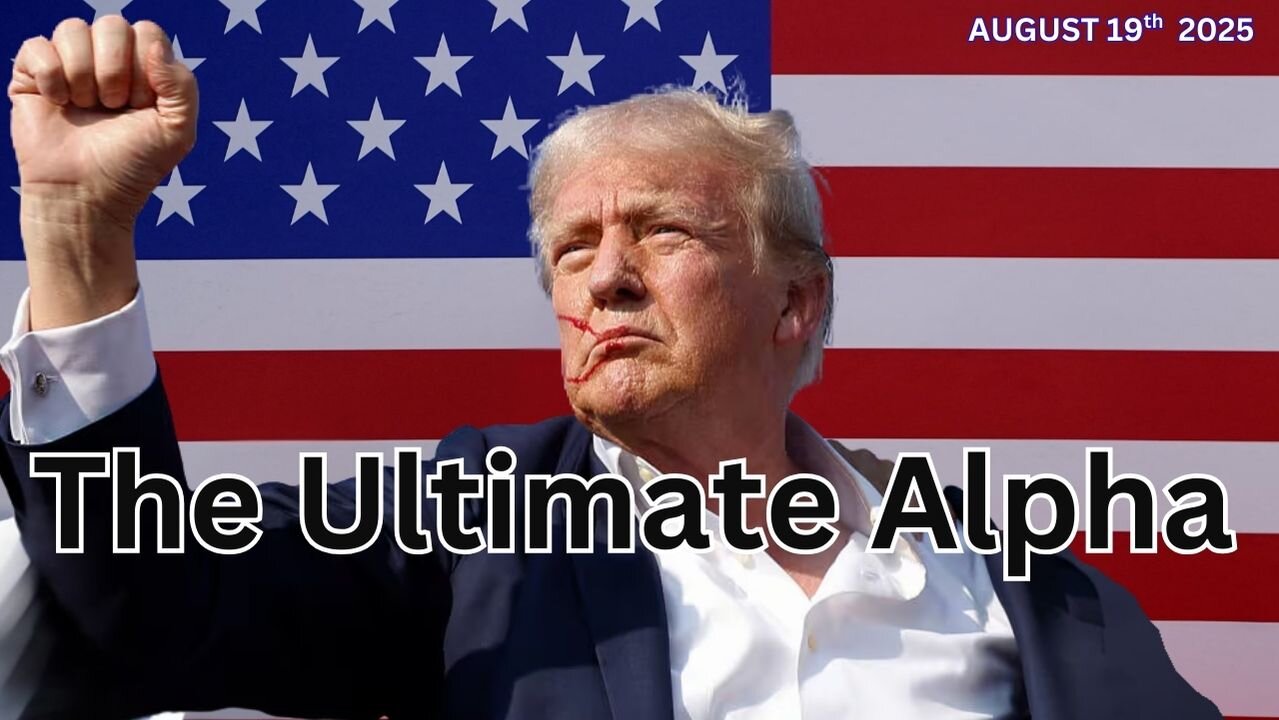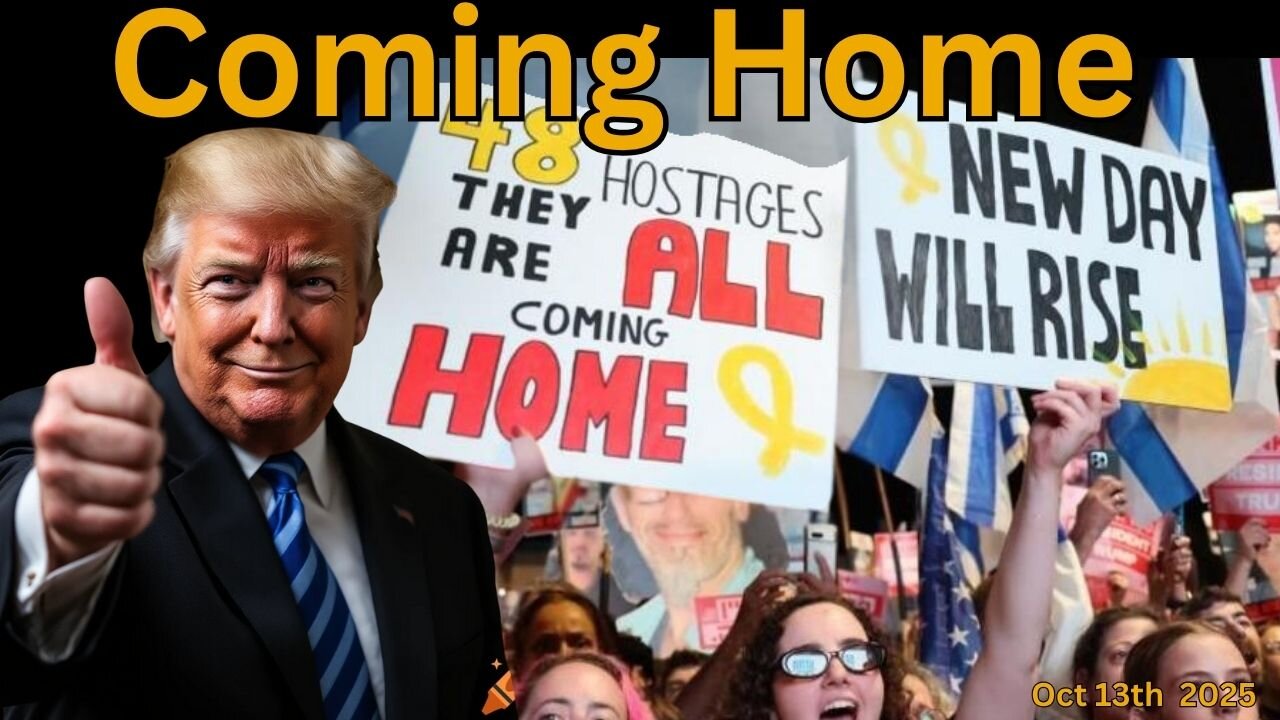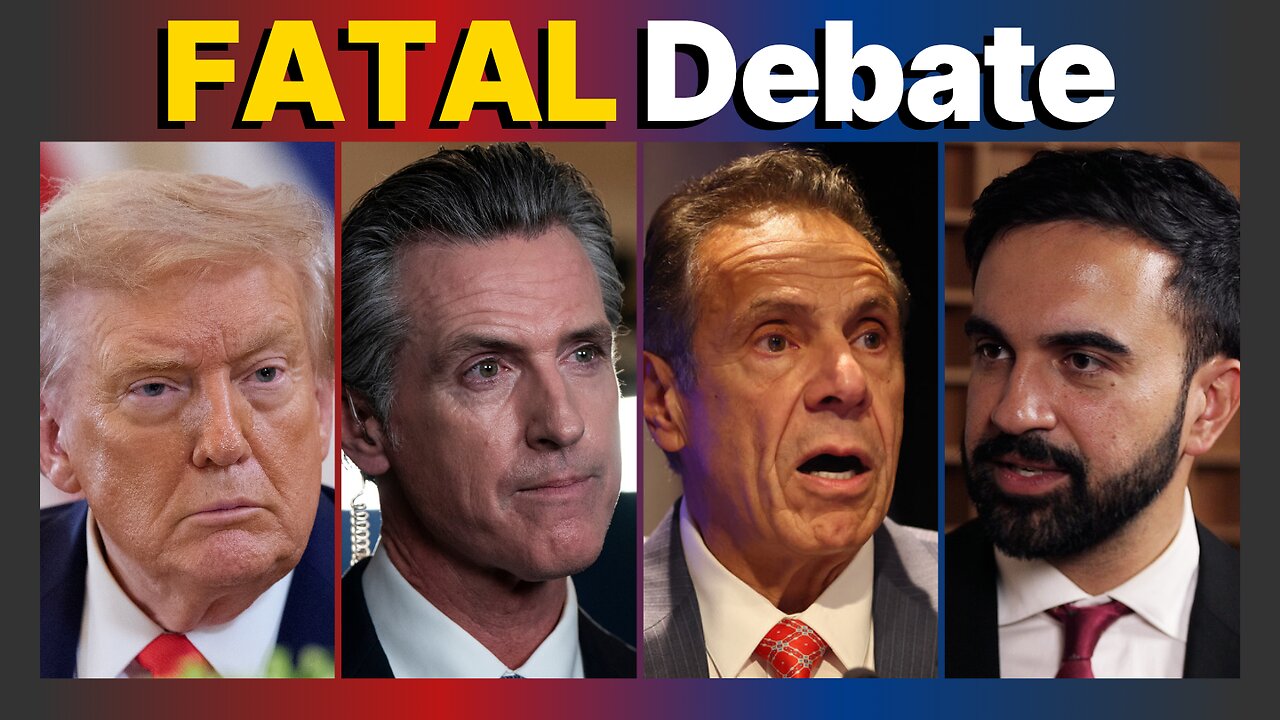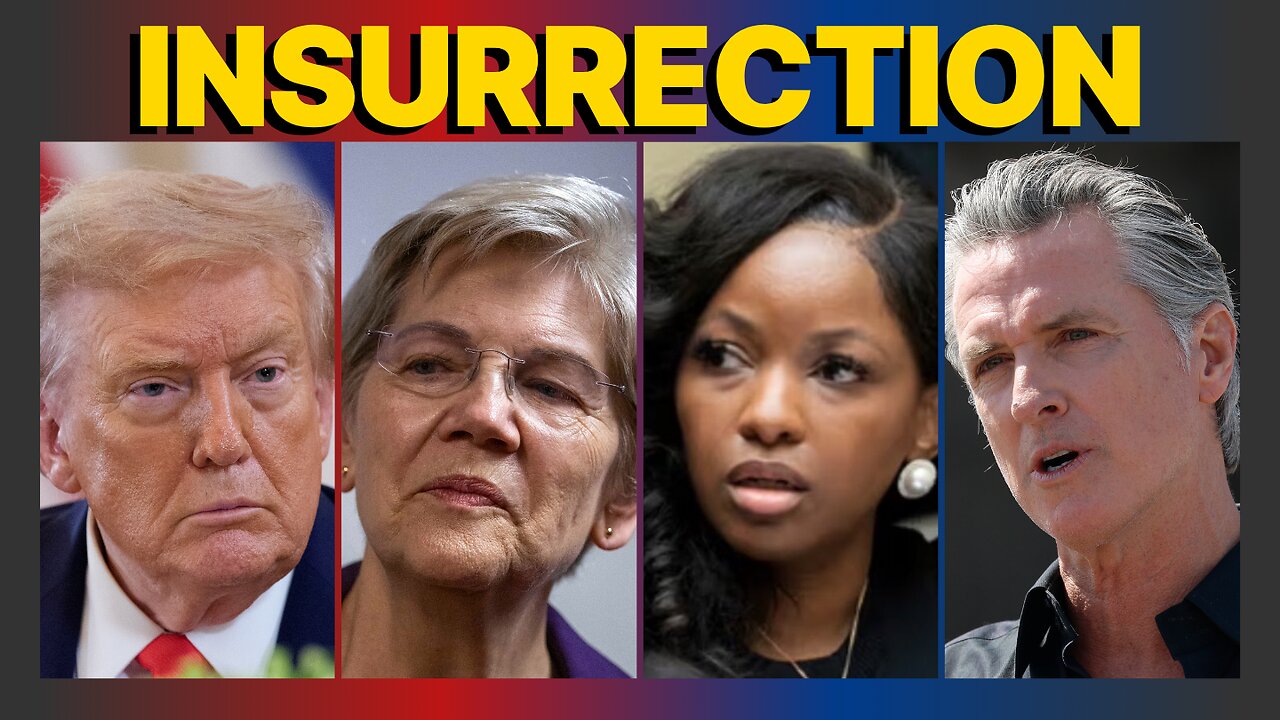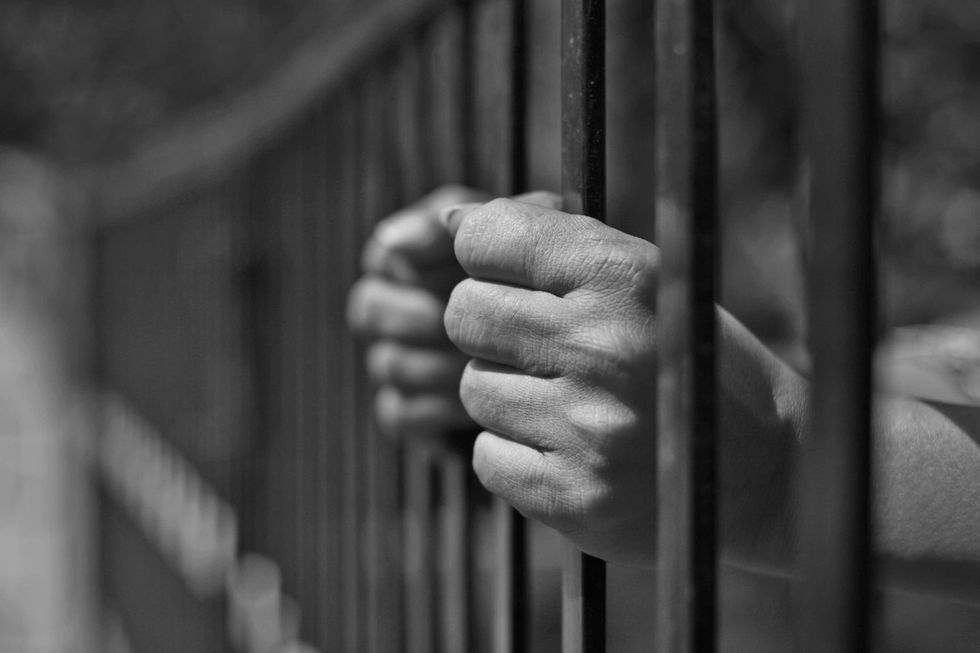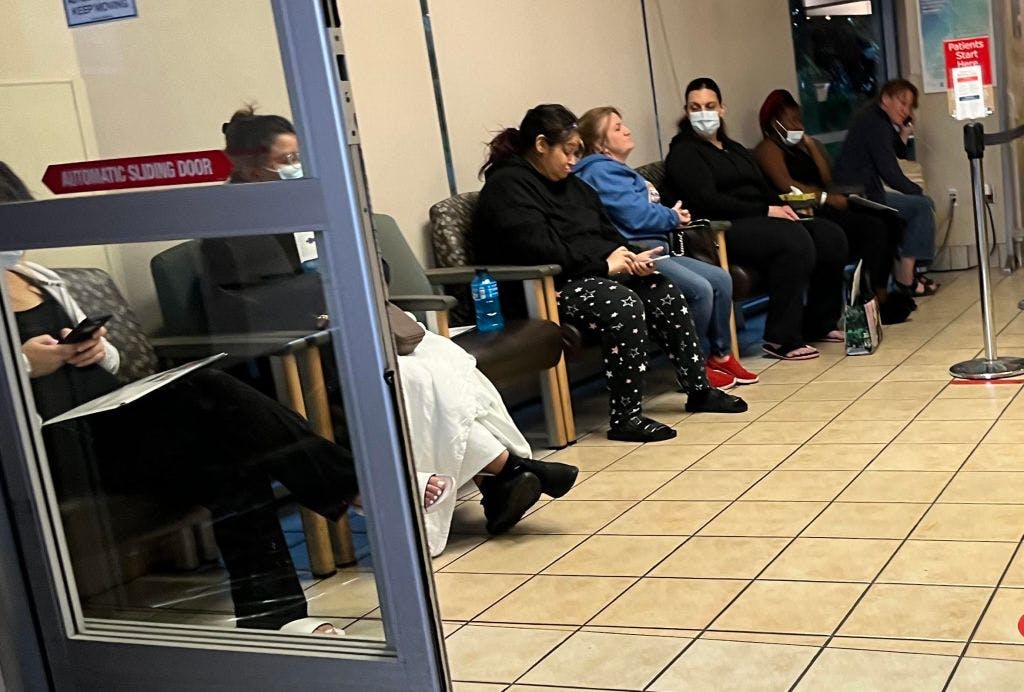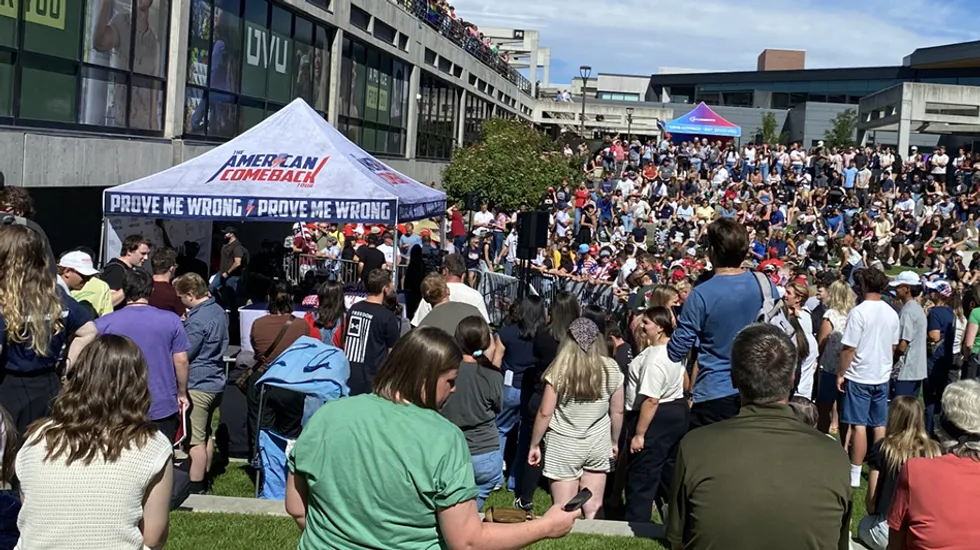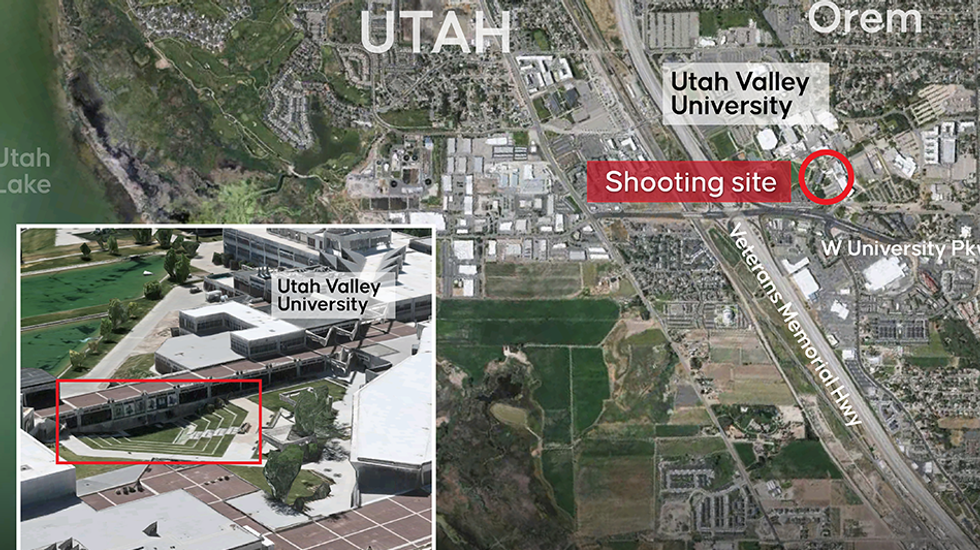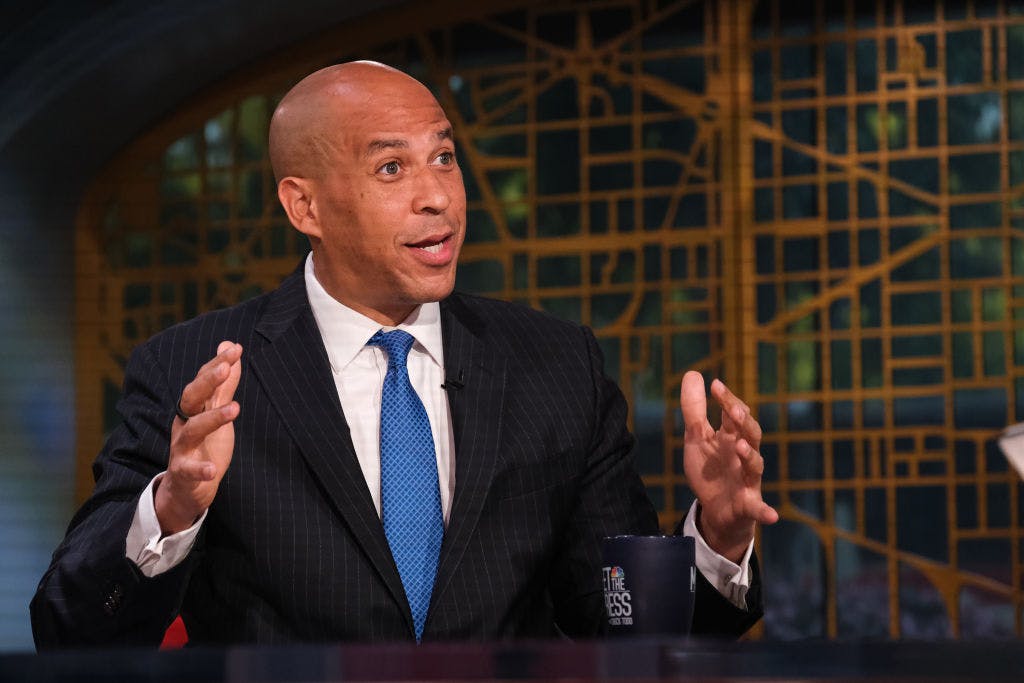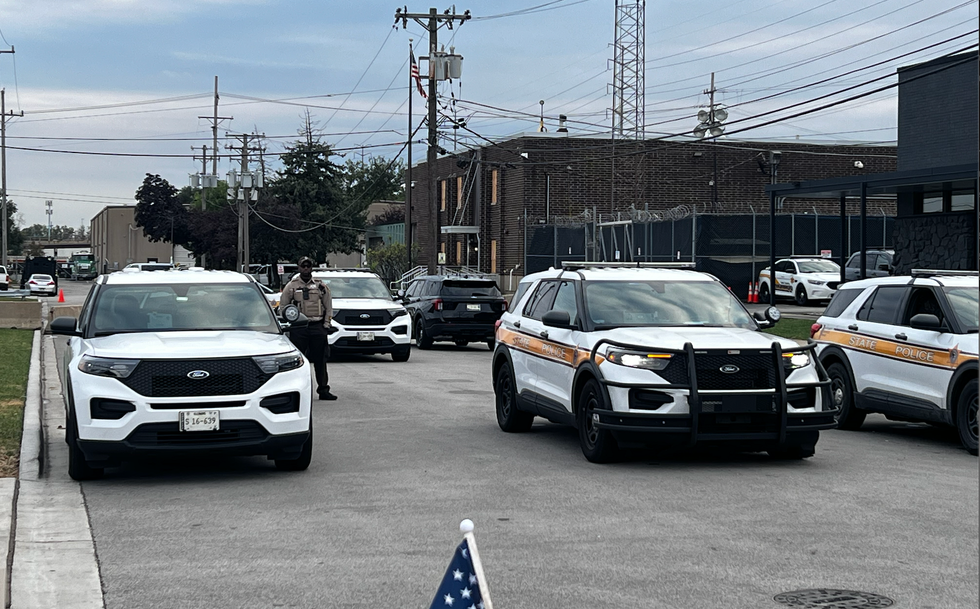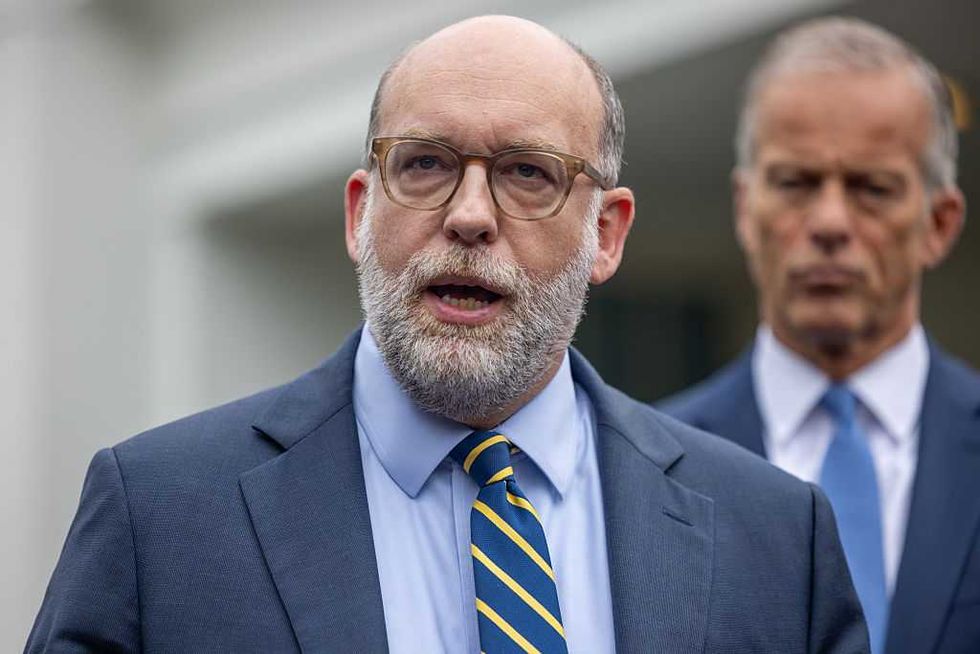Beyond The Swing: Why Southern Suburbs Refuse To Budge

Editor’s note: This is the third installment of a six-part series by pollster Brent Buchanan on the politics of the American South. Last week, Buchanan explored the shifting priorities of minority voters in the South — and why Democrats shouldn’t take those voters for granted. This week, he breaks down the unique features, and critical importance, of the Southern suburbs.
We hope you enjoy.
—
Few things embody American culture and consumerism better than the suburbs.
Both a subject of generational aspiration and comedic ridicule, America’s suburbs remain a bridge to a nostalgic past and the ideal archetype of the “American Dream,” where home ownership, good schools, and safe neighborhoods still represent the opportunity of upward mobility and a prosperous future.
It’s fitting, then, with backyard barbecue season approaching, that, in part three of this series, we examine why the suburbs in America’s South have been politically stagnant.
While many of the country’s suburbs are rapidly shifting, voting behavior and partisanship in Southern suburbs are remarkably stable. This “stuck in neutral” dynamic is shaping the political battlegrounds of tomorrow — and it’s not necessarily a disadvantage for Republicans. If Democrats keep choosing the 20 percent side of 80/20 issues — like men in women’s sports, deporting illegals, or prioritizing the rights of nefarious illegal immigrants over crime victims — they’ll lose votes to Republicans or drive their own voters to stay home in the 2026 midterm elections.
That would be good news for Republicans. But our analysis of the South suggests its suburbs are much more hardened than its northern or western counterparts. Too often, mostly on Election Night, pundits and analysts rush to describe the country’s suburbs as hotly contested areas with high concentrations of swing voters.
While this is true for suburban pockets elsewhere in America, it is not the case in the South.
“As we mentioned in part one of this series, when we described the Sweet Tea Suburbs, their inelasticity reflects a unique dynamic that poses a significant challenge for Republicans,” says Nicholas Valdiviez, Cygnal’s Sampling Lead for this exclusive Daily Wire project. “The GOP could seek to strengthen its performance in other areas to offset suburban stagnation, or they could try to crack through some of these areas, though the payoff would be incremental and likely extend beyond 2026.”
The Faux South: A Case Study in Suburban Inelasticity

The word faux is not used as a negative slight toward any of the great people or communities of this region, nor to detract from their “southernness.” In fact, as an important descriptor for this far-reaching analysis of America’s South, the term illustrates the region’s distinct and historically vital role as a sprawling gateway to the southern heartlands shaped more by commerce and trade routes than agriculture, combined with its geographical position along the borderlands of our nation’s capital.
Voters here, especially in Virginia, will tell you they are absolutely Southern — with the exception of those hard-left-leaning folks living in the DC-Maryland-Virginia (DMV) nexus along the Potomac River. Surrounding the ineffectual machinations of DC, the Faux South covers all of Maryland, most of West Virginia through the Alleghany Mountains, throughout middle and southeastern Virginia, extending down to coastal and near-inland North Carolina.
From 2016 to 2020, the Faux South saw the largest surge in Democratic turnout in the Southern United States — a 48% increase — but Republican turnout also jumped by 27%, marking the biggest regional year-over-year turnout shift in the last 16 years. At face value, that would signal some tailwinds for Republicans as the Faux South mixes most frequently with the Trumpian Highlands, another southern transitionary region. But it is the presence of the Sweet Tea Suburbs that serves as a sort of counteractive ingredient to such tailwinds.
Examining Virginia and North Carolina as the dominant states of the Faux South, we measured a strong voter disenfranchisement for elected officials at all levels, more than any other region in the South. Even our latest National Voter Trends (NVT) poll bears this out: voters in this region had high mistrust of their elected officials from local positions like mayor and city council up to their Member of Congress. The Faux South’s approval of their congressional representatives falls nearly four standard deviations below the average (18-point approval vs. the average of 29%, or the high of 36%). Even approval of their state legislators is 10 points below the average, and five points below the average of mayors and/or village presidents.
While the numbers are net positive in our latest NVT and across all regions in the South, they’re markedly lower here than in the other regions. And despite surges in turnout, this sentiment influences how voters in the Faux South differ from the other regions’ more rightward leanings, making them more likely to disengage altogether or maintain the status quo.
Yet, as entrenched as this region can be, there are some silver linings for Republicans. Since Virginia governors are limited to two nonconsecutive terms, Lieutenant Governor Winsome Sears shows the most promising signs to galvanize a broad base of support and carry on the progress of widely popular outgoing Governor Glenn Youngkin. How the battles for Republican control of state legislative seats, particularly in suburban districts, with Sears atop the ticket, will indicate how well Republicans have begun to crack the Faux South.
North Carolina is a tougher story for Republicans. Though the state saw a shift rightward from 2020 to 2024, the tension lies in this portion of the Faux South’s proximity to the Sweet Tea Suburbs. The “Research Triangle,” the area between Raleigh, Durham, and Chapel Hill, is central to scattered pockets of Sweet Tea Suburbs, which we described earlier as nearly immovable (split in 2020 and only R+3 in 2024), upper middle-class neighborhoods with high economic mobility. The confluence of these regions, combined with large areas of Trumpian Highlands in the western parts of the state, makes North Carolina more resistant to significant Republican gains.
Influence of Cities

The overall trend remains one of inelasticity, with only a modest Republican recovery and little evidence of the dramatic swings seen elsewhere. But the hardening of the South’s suburbs is also heavily influenced by the region’s cities. Some are burgeoning hubs of economic revitalization, while others are still stuck in neutral themselves and struggle to keep pace with the South’s rising political prominence.
The most salient point to describe the odd relationship between Southern cities and suburbs is that voters in the ‘burbs tend to be more woke and believe in Leftist virtue signaling as a way to prove their solidarity with the more economically-stratified and depressed conditions of largely-minority city dwellers. “Normies,” as Ben Shapiro might call them, chalk this up to the same old political pandering we’ve seen from highly educated suburbanite Democrats. But the political symbiosis of Southern cities and many of their surrounding suburbs has created a concrete structure for social and political acceptance of the status quo.
Compounding this disjointed interdependency is the high rate of disenfranchisement among city dwellers, especially among minority voters, who tend to view these strongholds of Democratic leadership as a matter of course — years of broken and empty promises have led less to an embrace of Republicans and more to full-on disengagement. Contrast this with cities like Chicago, where more minority communities are starting to push back against entrenched and corrupt Democratic leadership.
What makes so many of the South’s suburbs hardened to political swings, especially in Republicans’ favor, is this symbiotic relationship with many of its cities.
In recent elections, we saw the opposite happen in northern states like Ohio, where suburbs like those outside Columbus and Cleveland helped turn that state from a closely-watched swing state in presidential election years to a reliably red state. Southern cities like Memphis, meanwhile, mix heavily with the Big Sky South and Soulful South, keeping it politically stagnant and resistant to major partisan shifts.
We see something similar in Huntsville, where explosive population and economic growth have made the area more influential within Alabama. With a heavy dose of Trumpian Highlands to mix with, the surrounding suburbs continue to reflect consistent voting patterns year after year.
Similarly, Birmingham and Charleston’s suburbs have not experienced significant partisan shifts. Even as their urban cores evolve, their suburbs have not experienced significant political swings, despite some of the prevailing Soulful South trends we noted in part two of this series.
This persistent inelasticity underscores how deeply-rooted disenfranchisement and longstanding racial and cultural undercurrents keep these Southern cities and their surrounding suburbs in a perpetual state of tension, making them the most resistant to the nationwide political and generational realignment that has accelerated in the Trump era.
For Republicans, the challenge is to find incremental gains in both the suburbs and cities or look beyond these gridlocked areas for more growth in regions like the Big Hat Bloc or among the Republican Resettlers. In those two regions, Hispanic populations in particular are ripe for additional Republican gains.
For Democrats, the risk of alienating moderate voters or encouraging disengagement is more real than ever. If they continue to champion positions out of step with the suburban mainstream, Republicans can capitalize. This gives credence to the strategy of letting your opponents make unforced errors.
As the South continues to grow in population and political influence, the lesson is clear: state lines and national narratives rarely capture the true dynamics at play. The inelasticity of Southern suburbs is less a sign of stagnation than a testament to the encroaching fallout from the national political realignment.
COMING UP NEXT: All eyes are on Georgia and North Carolina ahead of the 2026 midterms. As two of the most prominent Democratic holdouts in the South, parts four and five of this series will delve into the extent of their influence and whether they’ll remain regional hegemons or embrace the coming red wave of longstanding conservative control.
Originally Published at Daily Wire, Daily Signal, or The Blaze
What's Your Reaction?
 Like
0
Like
0
 Dislike
0
Dislike
0
 Love
0
Love
0
 Funny
0
Funny
0
 Angry
0
Angry
0
 Sad
0
Sad
0
 Wow
0
Wow
0
